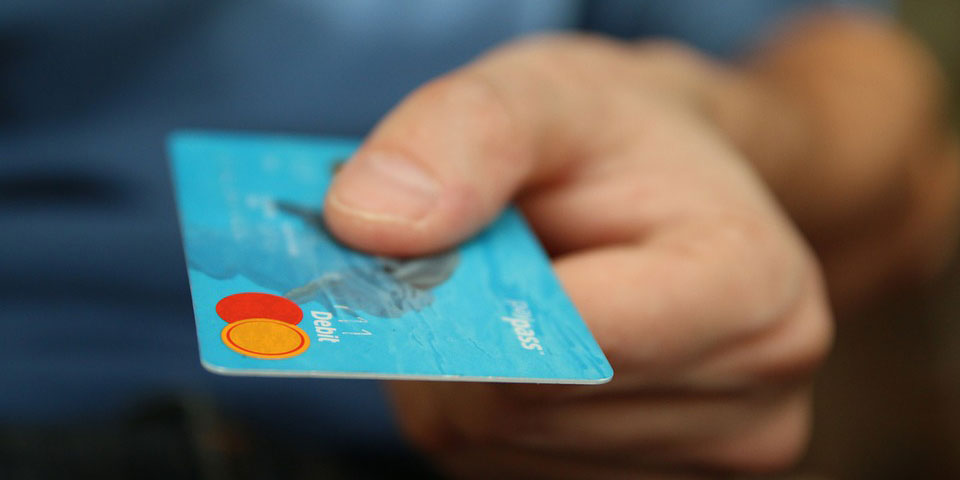Loan Strategies I Used to Pay Off My Car
Your car or truck is your pride and joy. You love driving it and you consider it the pearl of the road. Maybe you’ve even named it and treat it well, like a member of the family. You get regular oil changes, take it in for a tune-up, and keep it clean. If you got a loan for your vehicle, you might be locked into a long-term relationship.
This is only part of your responsibility as a car owner. I do the same for my truck to keep it running as long as it can. But something I didn’t like doing was paying for my truck every month. As my budget tightens and I have other bills I need to pay for, I decided to look for ways I can pay off my loan sooner.
Another reason why this is important is to avoid paying more than the vehicle is worth. If you’re paying off a loan, then you’re most likely paying thousands of dollars of extra interest as well. By paying it early, you can save yourself the extra cash and own your vehicle outright.
Also: http://financialhelpers.com/americans-are-now-paying-a-lot-more-in-credit-card-fees/
Here are the 5 strategies I used to pay off my truck loan sooner.
1) Instead of Making One Payment Every Month, I Made Two
This is sort of a brilliant trick. Most loaners will allow you to make as many payments as you want. Instead of paying only once per month, pay half in the middle of the month. By doing this, you’ll make 26 half-payments instead of 12 regular payments, which means you’ll end up paying 13 full payments overall. That’s squeezing in an entire extra month of payments.
To look at it another way, rather than paying off the loan during the 60 months you planned, you can be finished with it in 54 months just by making two half-payments per month.
2) I Rounded Up When Making Payments
When you pay your monthly bill (or bi-monthly if you use the step above), a large portion of it goes towards interest. Anything above that threshold is payment towards your vehicle. If you decide to round up to the nearest $50 increment, you can cut a 60-month loan down to 47 months and save over $500 in interest.
For example, if your monthly bill is $208, but you decide to pay $250, that extra $42 goes directly towards your vehicle, not the interest, meaning you can pay off the loan faster and save on the interest you would’ve had to pay if you just paid the minimum. It would add up to an extra $512 paid towards the loan in a year.
3) I Made Several Larger Payments
This is an obvious point, but it certainly helps to make an additional larger payment or two if you can afford it. You might want to spend that money on something else, but the more you can put into it during the year, the faster you’ll pay off the loan and the less you’ll thrown down in interest.
4) I Never Missed a Payment
This is a big one. Since getting a truck loan, my credit score has gone up significantly. One of the major reasons for that is I have 100% on-time payments. If you do miss a payment, it can reflect negatively on your credit score.
While some lenders do allow for a missed payment a couple times a year (hey, stuff happens), missing that payment will just add more interest and take you longer to pay it off. Do your diligence. If you have to cut back on other bills, do it. Once you’re clear and free of the loan, you’ll have a lot more money in your pocket.
5) I Was Able to Refinance
I mentioned in the point above that making on-time payments significantly improved my credit score. When you get a loan, the interest rate is based on that score, as it offers a picture to the lender about your ability to pay it back. If your score goes up after a decent amount of time of regular payments, you’re more trustworthy.
You might be able to get lower monthly payments, less interest, and a shorter term by refinancing. If you can’t get all three, then it might not be worth it. Even if you can get lower payments, still paying the amount you were before will only help you pay it off that much quicker.
For me, these steps were part of a greater strategy. I had a poor credit score with little history. By showing some fiscal responsibility, I was able to improve my score and pay off my vehicle in a lot shorter of a time. It’s small steps like this that can get you closer to true financial freedom.


